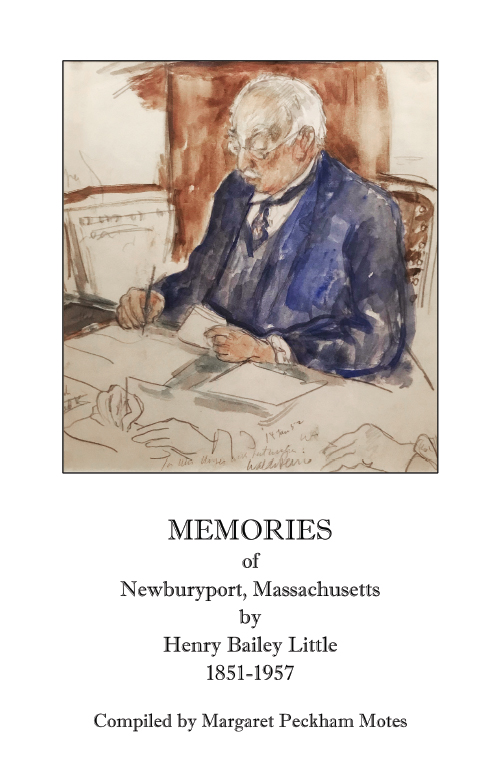Over time, I've been researching vital records for my husband's Work, Short, McClure, McKibbin, and related ancestors who spent time in Indiana.
Although the Hoosier State began requiring registration of births in 1882, not every county or municipality complied. Luckily, nearly all of the births after 1920 were registered with the state health department. This informative page on the Family Search wiki explains the details.
Recently, I heard from a descendant of my husband's McKibbin line, who was kind enough to mention new clues that jumpstarted my research.
When I got to hubby's 4c1r, it would have been easy to quickly read the transcribed info and add to my tree without looking at the digitized image of the record.
BUT if I'd hurried on, I would have missed the extra details that Indiana so thoughtfully requested on its birth certs at that time, and which I didn't know about till I looked at the record itself.
Multiple birth?
Note the questions in the hot pink oval:
- Is this birth a twin or triplet or other?
- Number of order of birth of this child
- Is this child legitimate?
I'm familiar with New York City/state birth certs because that's where many in my family tree were from. As shown above, there's a question on the NY cert asking how many previous children were born to this mother and how many are now living, in all. This child was the second for this mother, and both were living in 1908, the year of this cert.
Similarly, in Indiana, as shown at top, the blue oval highlights those questions:
- Number of children born to this mother, including present birth?
- Number of children still living, including present birth?
Now I had a narrower window for researching the other siblings, including the one who sadly was born and died before 1921. This is especially important for children who were lived their entire lives between Census years.
By taking a few moments to look at the actual vital record, and read the fine print, I saved a lot of research time in the end. Slow and steady wins!













